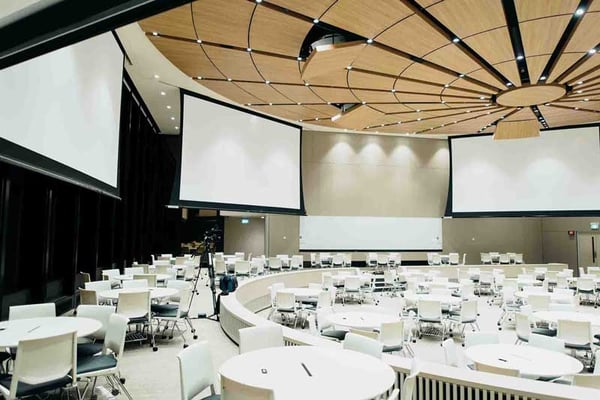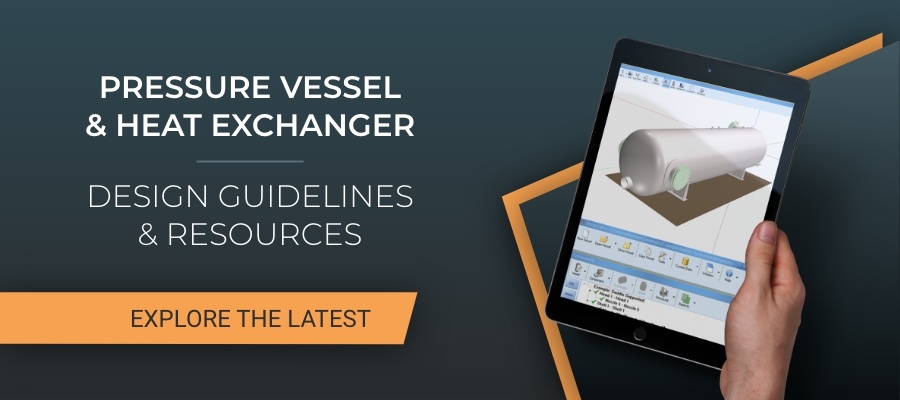CEI’s team of ASME code experts attended ASME Boiler and Pressure Vessel code week meetings in Phoenix, Arizona in Q4 2017 and Las Vegas Nevada in Q1 2018. The intended outcome being to keep a finger on the pulse of all that is going on with the code that in turn allows us to help prevent practitioners from potential future nightmares!

How does the ASME Boiler and Pressure Vessel Code get written?
The ASME Boiler and Pressure Vessel Code is broken up into a dozen different sections. These sections are each self-governed, but the Technical Oversight Committee (TOMC) exists to help coordinate the different sections. Each section is divided into multiple Subgroups, Task Groups, and Special Working Groups.
These groups are apprised of multiple volunteers that help drive ASME code changes, field industry questions (interpretations), and identify industry needs for research projects. The actions that these groups work on must meet consensus requirements to then go before the sections main committee (e.g., BPV I, BPV VIII, etc.). Similarly, the action must meet consensus requirements at the main section committee to make publication.
All items approved by the main committee are slated for publication. Interpretation items and ASME Code Cases are published after the quarterly meetings, and changes to the code sections themselves will make it into the next available code edition.
As a rule, to make an ASME code edition, the item must be approved during or before the 4th quarter meeting for the year before the code edition publication. For example, an item approved at the February 2017 meeting, did not make it in the 2017 edition of the code; but an item approved at the November 2016 meeting, did make it to the 2017 publication.
How does CEI contribute to ASME BPVC Section VIII and Section IX?
Antonio Howard, CEI’s lead welding expert and Certified Associate Welding Inspector (CAWI) flew into AZ on Sunday, so he could join the committees he sits on and those he audits on Monday and Tuesday for Section IX.
Michael Clark, PE, and Tiradej Bunyarattaphantu, Engineer in Training (EIT); both arrived on Monday to participate in various Boiler and Pressure Vessel Code (BPVC) Section VIII meetings including those that they contribute to and have a voting membership. The BPVC Section VIII meetings mostly take place Tuesday through Thursday.
There are several items already in progress for the 2019 code. CEI volunteers are working on changes to the allowable shear stress for tube sheets, adding shallow cone rules to Appendix 1-5 and adding the acceptance test criteria from API 1104 to Section IX. Also, expect changes to U-2(g) to lock down acceptable methods for U-stamped vessels and possibly a change to the tangent modulus correction for 4.4 for non-CS materials.
Why is this important?
The reason CEI send three key resources at our expense to this event is that we passionately believe that our industry must continue to evolve and improve from lessons learned to ensure we prevent recurrence of past catastrophic incidents.
We are proud and honored to work side by our peers in this ongoing effort, more importantly, we strive to implement these developments into CEI products to make life easier for our peers in applying these code changes directly in the software applications; DesignCalcs for Section VIII and ProWrite for Section IX.
CEI considers it essential to have code experts involved in the design, development, and testing of these products. The team have been actively involved in volunteer code work since 2004 and have contributed multiple new rules, methods, and revisions to both Section VIII and Section IX.
Also, CEI performed contract work for the Div 2 rewrite back in 2006. We vote on items; we hear feedback from other code writers, we watch and know the process. We keep up on top of what is coming up in the code and what methods need work and maybe just need to go (Appendix 1-9 and 1-10 for example). We do this; because it is critical.
Most ASME BPV code meetings are open to the public and RSVPs are not required. We would love to meet with you if you are attending the meetings or are close to them.
Here are the next several code meetings:
2018
· May 6 – 11: Dallas, TX; Hilton Anatole Hotel
· July 29 – August 3: Washington, D.C.; Marriott Marquis
· November 11 – 16: Atlanta, GA; Westin Peachtree Plaza
2019
· February 10 – 15: Costa Mesa, CA; Hilton Orange County / Costa Mesa
· May 5 – 10: San Juan, PR; Caribe Hilton & PR Convention Center
· August 4 – 9: Minneapolis, MN; Doubletree by Hilton, Bloomington – Minneapolis South
· October 27 – November 1: Atlanta, GA; Westin Peachtree Plaza
2020
· May 10 – 15: Denver, CO; Gaylord Rockies Resort & Convention Center
Reach out and let us know if you are able to meet up with us at any of these events. We enjoy meeting and hearing from you!




Leave a Comment